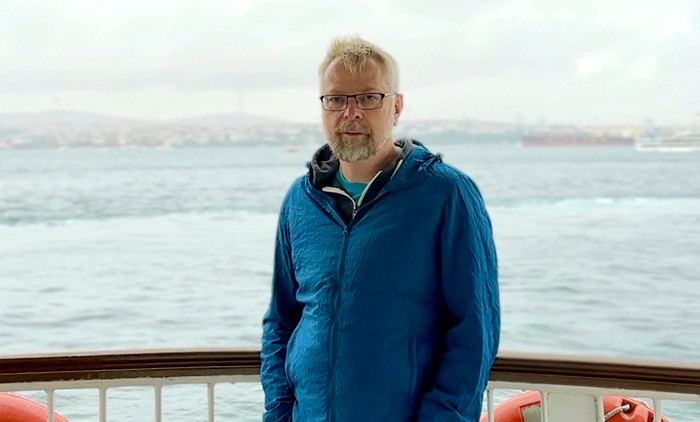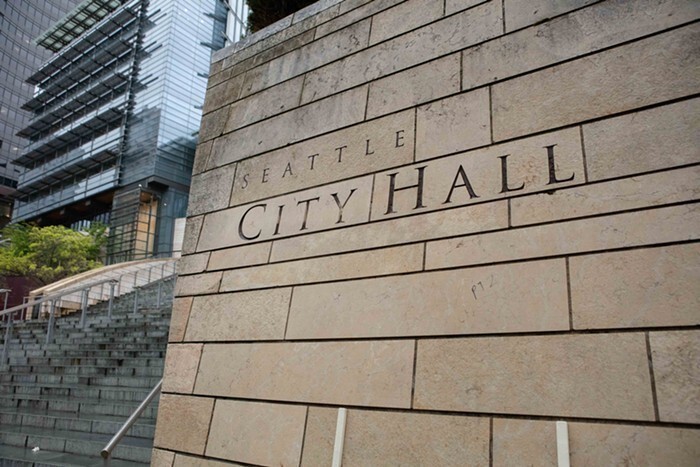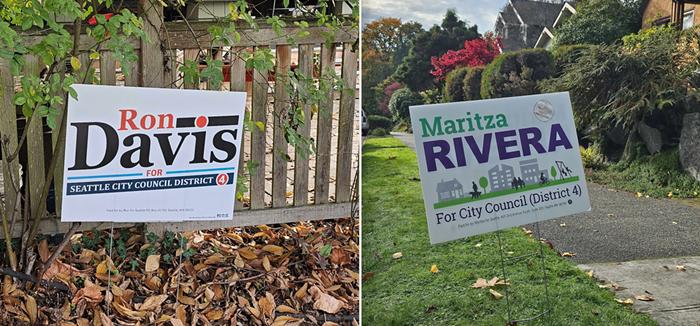For years, the city and state have claimed the Alaskan Way Viaduct carries 110,000 vehicles a day. The figure has appeared for at least four years in local newspapers and on the websites of the city and state transportation departments and has been a vital piece of evidence in the state and city’s argument that replacing the viaduct’s full car capacity is paramount. The two sides disagree about whether a tunnel or a rebuilt viaduct is the better solution, but both agree on one thing: Tearing down the viaduct and replacing it with a surface roadway would result in a traffic nightmare, leaving tens of thousands of cars with nowhere to go.
The 110,000 figure is based on traffic models and hasn’t changed since at least 2002, when newspapers first began reporting the figure. A look at WSDOT’s actual traffic counts, as measured by a computerized sensor on the roadway itself, however, shows “annual average daily traffic” of only 74,700 vehicles—just 68 percent of WSDOT’s inflated number. In general, actual traffic counts are far more reliable than computerized models in estimating traffic flow. Viaduct project manager Ron Paananen has not yet returned a call requesting a description of WSDOT’s computer model.
The 74,700 figure could have major implications for the viaduct-replacement project; it could eliminate the primary justification for building a massive new $3.6 billion to $5.5 billion waterfront freeway or rebuilding the viaduct where it stands—the need, in Mayor Nickels’s words, to “maintain traffic capacity” on the waterfront. A surface street, combined with improvements to the street grid and transit downtown, could easily accommodate 75,000 cars. Maybe that’s why no one at the mayor’s office or in the state transportation department is talking about the new number.
However, City Council Member Peter Steinbrueck, an early advocate for studying the surface/transit option, is. “We’ve heard over and over that the viaduct carries—not in theory, but actually serves—110,000 vehicles a day. I think there’s been some misrepresentation,” Steinbrueck says. “Frankly, I’m quite consternated that we’ve invested so much time and effort in what may be a fabrication to support the traffic movers’ agenda.”
Governor Christine Gregoire is expected to announce her preferred alternative for replacing the viaduct after Thanksgiving; the odds are good that she will either recommend rebuilding the viaduct or punt the issue back to the city council. Nickels, following the council’s lead, has said he’ll support the surface/transit option as a “backup” if both the tunnel and the rebuild are rejected. The latest numbers, damning though they may be, should be enough to give Nickels and his fellow tunnel-boosters pause: Even if you accept the argument that replacing the viaduct requires preserving capacity (and we don’t; see "A Tale of Two Studies," Aug 10), a surface road should be more than enough to accommodate 75,000 cars.


















